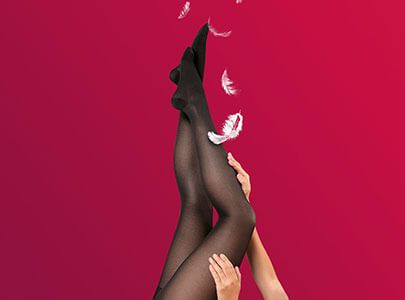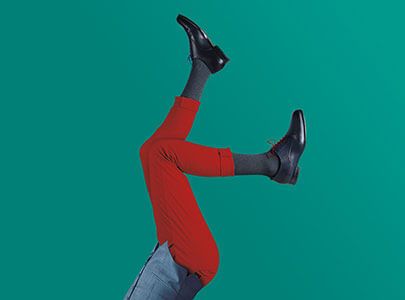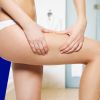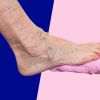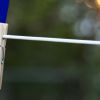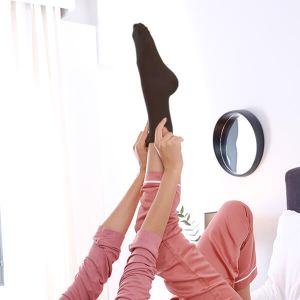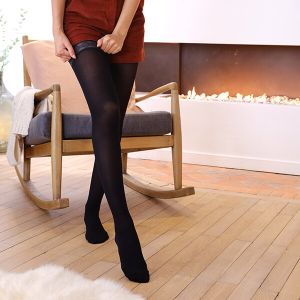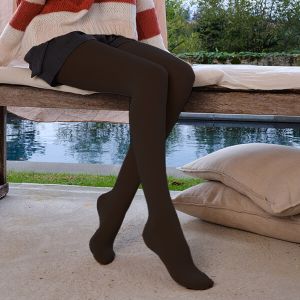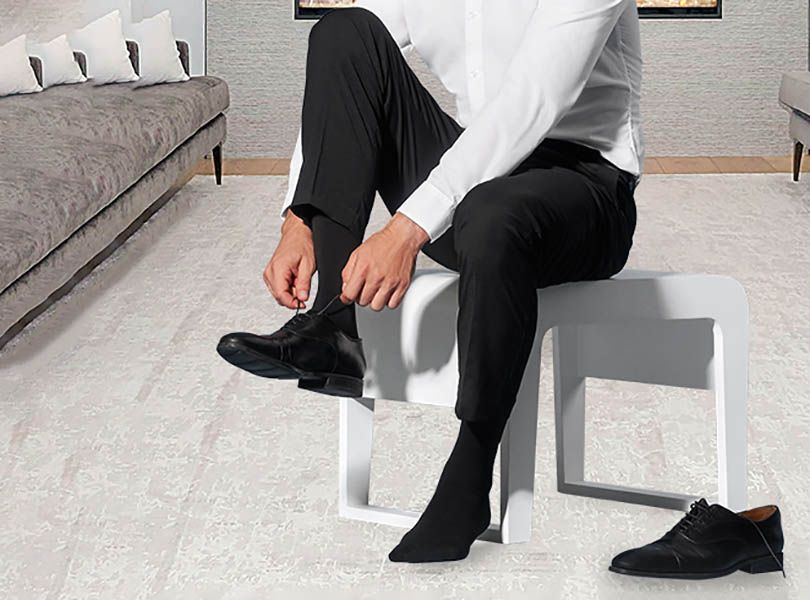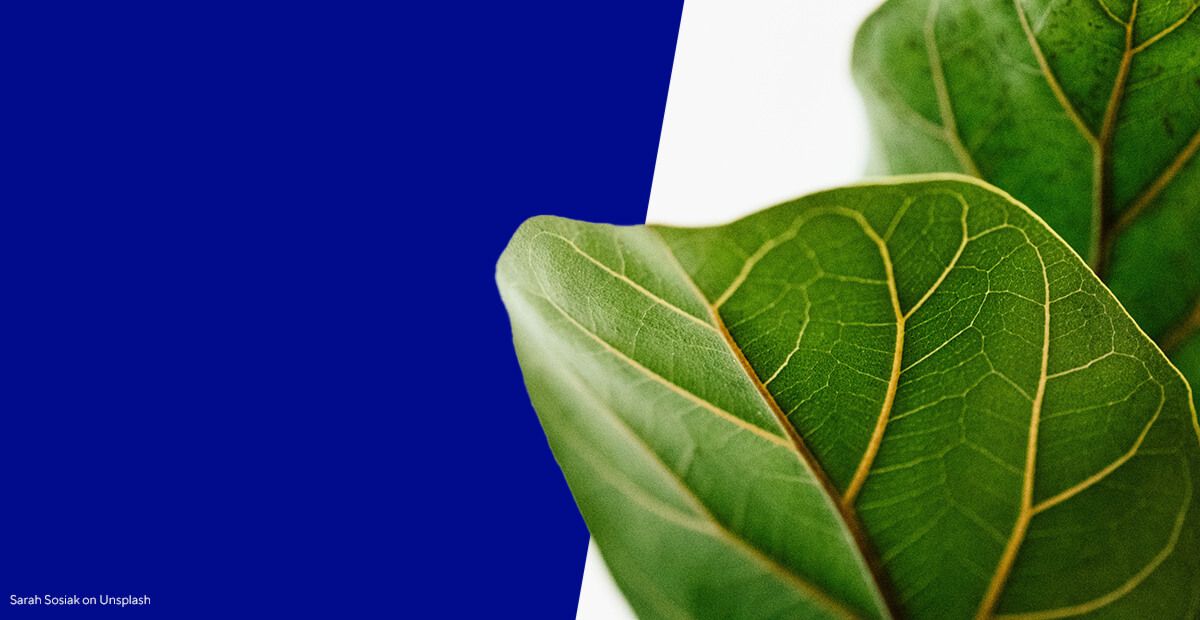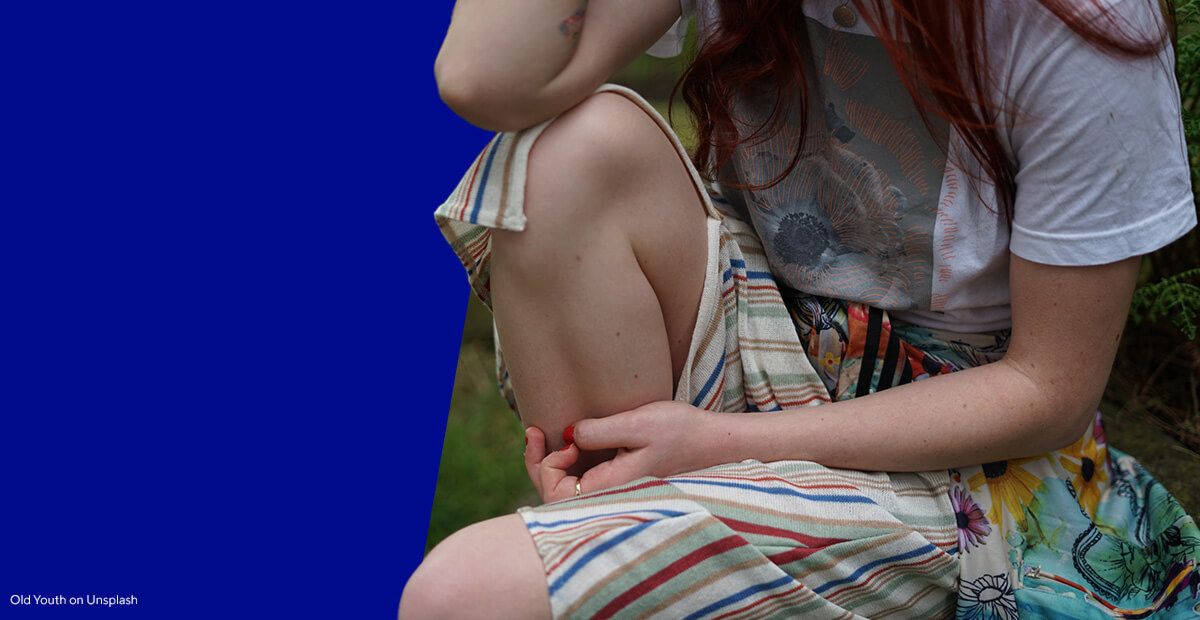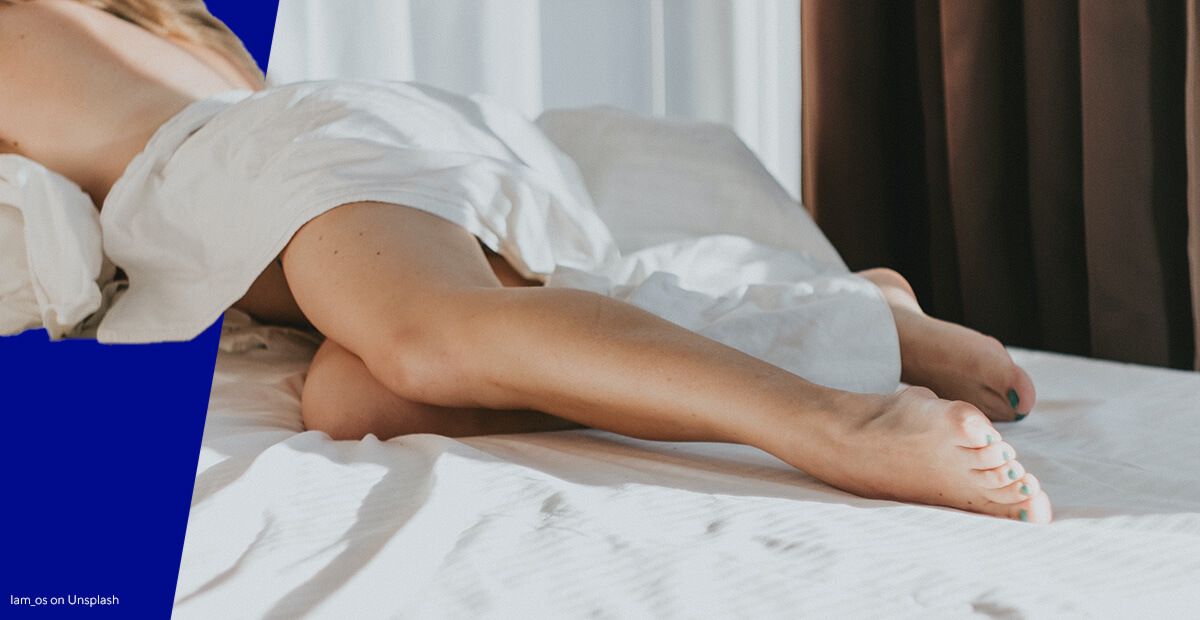Simple ways to improve circulation
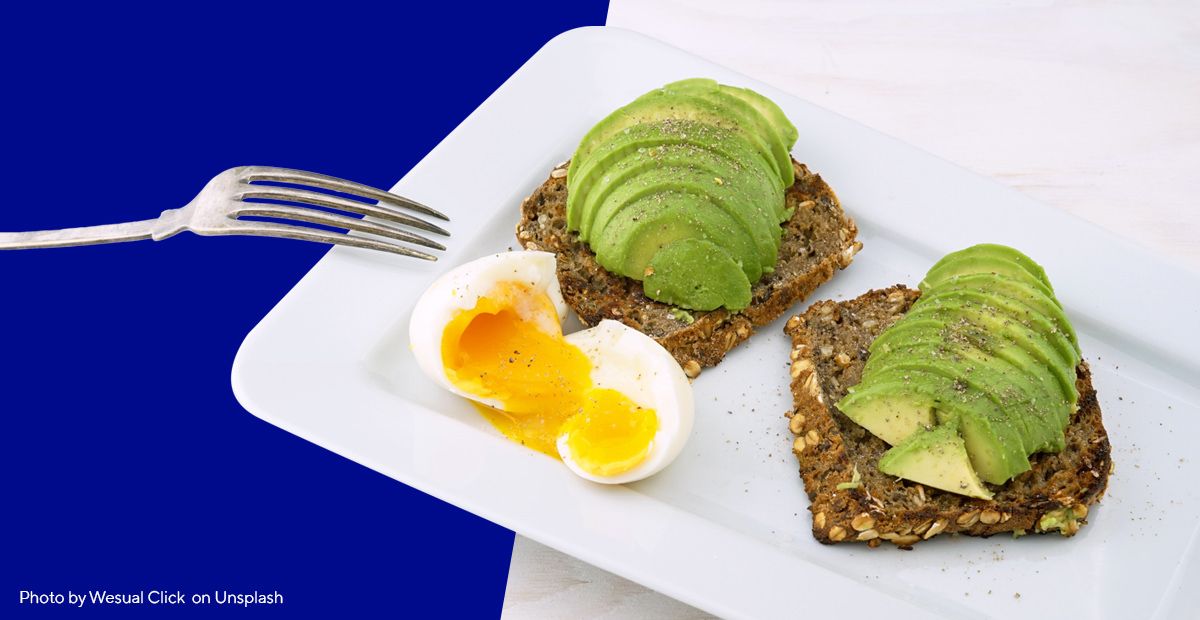
Circulatory system diseases are one of the most dangerous diseases of civilisation. Just after cancer, it is one of the main causes of death. They include many dangerous disease entities.
Their development is influenced by genetic and environmental factors, accessibility to medical services, and as much as 53% of our lifestyle! And we shape our lifestyle ourselves - as we can see, our attitude and approach to our own organism have a considerable influence on our health!
Circulatory problems, poor blood circulation, circulatory insufficiency... what is it?
In colloquial speech we often complain about circulation problems, poor blood circulation, especially in legs, poor blood circulation, circulatory insufficiency... These terms usually refer to chronic venous insufficiency leading to varicose veins of lower limbs. Varicose veins of the lower limbs are considered a social disease.
Poor blood circulation - symptoms and causes
Chronic venous insufficiency and varicose veins are a problem that affects women twice as often as men. This is because hormonal factors have a strong influence on its development. Hormonal changes during pregnancy and taking oral contraceptives promote the occurrence of the disease.
Lifestyle has a great influence on blood circulation - especially standing work carries a high risk. A sedentary lifestyle and lack of physical activity also have a negative effect on the circulatory system.
The development of chronic venous insufficiency is strongly influenced by obesity, poor diet, and addictions (especially alcohol consumption and smoking). Genetic predisposition may also play a role.
Other risk factors are e.g., hot baths, injuries to the limbs, past illnesses, frequent constipation, flat feet. If you develop varicose veins, you may experience pain, and failure to treat them can lead to serious complications such as vein inflammation and blockages.
Why does the blood circulate less efficiently?
As a result of the various causes listed above, the vein walls and venous valves that prevent blood from backing up can become weakened. Sometimes these changes may be congenital, more often acquired, or the result of a combination of genetic predisposition and external factors.
Too weak vein walls and their excessive elasticity cause venous pressure to stretch them excessively and the blood starts to back up. Both too weak, and therefore flexible, stretching vein walls and damage to vein valves (e.g., as a result of previous deep vein thrombosis) can lead to blood backflow, a phenomenon known as venous reflux.
Venous hypertension is created, which also has a very negative effect on blood microcirculation and the network of capillaries - it leads to cracking of their walls and exudation.
What is good for circulation - prevention is better than cure
Based on the analysis of the factors conducive to chronic venous insufficiency presented above, it is quite easy to conclude that the key significance in the prevention and treatment of poor circulation will be, above all, regular physical activity, a healthy diet, lack of addictions, avoidance of hot baths, etc.
An important element of preventing varicose veins is also resting with legs slightly raised - this position facilitates blood flow from lower limbs. But what to do when, although we try to take care of ourselves, our circulation is still poor, and we are prone to varicose veins?
How to improve blood circulation in the legs? Help from the pharmacy
On the one hand, we can help ourselves with dietary supplements and medicines reinforcing the walls of blood vessels. Preparations containing such compounds as diosmin, hesperidin, rutin, troxerutin, oxyrutin, horse-chestnut extracts containing ruscin and ruscoside, vitamin C or calcium dobesilate will help.
On the other hand, a complex action is extremely important and just taking pills in the case of poor venous circulation is not enough. To achieve a healing effect, it is also necessary to apply compression methods.
They consist of regular and systematic wearing of appropriately selected compression products, i.e., knee-high socks, stockings, or tights providing adequate and gradual pressure on legs. They are then a kind of external support for veins and have a great influence on improving blood circulation.
Compression products are available in pharmacies without a prescription, but it is advisable to consult a doctor who will prescribe an appropriate compression level depending on the stage of the disease.
In the case of more advanced changes, surgical or other highly specialised treatments may be necessary. Do not forget that in any case when you suspect poor blood circulation, in addition to simple home remedies - appropriate lifestyle, diet, exercise, supplements, and compression products - it is always worth consulting a specialist and carrying out a detailed examination to see how far advanced the problem is.
Bibliography:
- Henryk Marona, Agnieszka Kornobis, 2009, Patophysiology of varicose veins development and selected methods of their treatment - current state of knowledge, Postępy Farmakoterapii, Vol. 65, No. 2.
- Iwona Sudoł-Szopińska, Krzysztof Błachowiak, Piotr Koziński, 2006, Influence of environmental factors on the development of chronic venous insufficiency, Occupational Medicine: 57(4).
- Danuta Zabielska, Józefa Czarnecka, Ewa Kobos, Andrzej Krupienicz, 2013, Prophylaxis of lower limb varicose veins in nurses working at the operating theatre, Pielęgniarstwo Polskie: 2 (48).
- Wiktor Piotrowski, 2010, Pro-health behaviour in cardiovascular diseases, Acta Scholae Superioris Medicinae Legnicensis, Zeszyt Naukowy Nr 1 (9)/2010.
